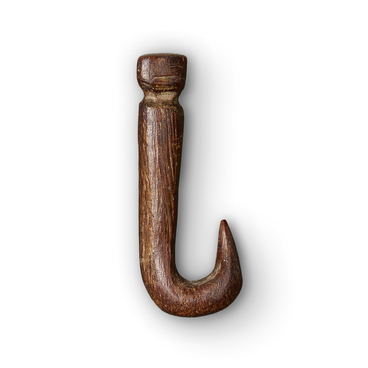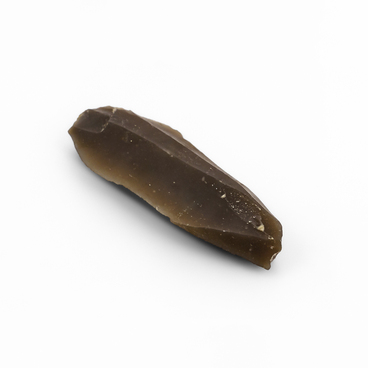During the Pleistocene period, across Europe as well as in North Africa, Asia Minor, India, and the Caucasus, in addition to mammoths and wooly rhinoceros, there were also other members of the megafauna, such as the aurochs, primitive wild cattle. These animals had a powerful physique, measuring approximately 1.8 meters in height and weighing up to 800 kilograms. Their large, high-set heads were equipped with sharp horns that could reach a length of one meter. They had long limbs and were able to attain great speeds. Adult male aurochs were typically black in color, while females and young individuals were reddish-brown.
During the Stone Age, aurochs lived in forests, forest steppes, and occasionally entered steppes. Their diet primarily consisted of various types of herbs, tree shoots, and leaves. Wild cattle formed herds with a female as the leader. Young bulls often lived separately, while older individuals preferred to retreat into the thickets and live alone. Females with young calves also preferred to stay in dense forests or steppes to protect their offspring from potential threats.
The first aurochs appeared in Central Asia approximately two million years ago. Gradually, they spread to all parts of the world, reaching the territories of modern countries such as India, Russia, and China, as well as the Middle East, Africa, and Europe. Due to their widespread distribution across continents, three subspecies are recognized: European, African, and Indian aurochs.
The aurochs outlived the mammoths and wooly rhinoceroses. By the late 17th century, they had practically disappeared. Humans played a significant role in their extinction by gradually increasing hunting activities: in the Stone Age, aurochs were hunted exclusively for their skin and meat, and by the beginning of modern times, deforestation efforts for creating pasture lands began to take place everywhere.
Even before the rise of the Roman Empire, wild bulls had disappeared from North Africa, the Mediterranean coast, Mesopotamia, and India. Only the European aurochs remained in the Middle Ages. Despite several royal decrees passed during the reign of Sigismund I, hunting of the animal continued, leading to a slow decline in its population.




